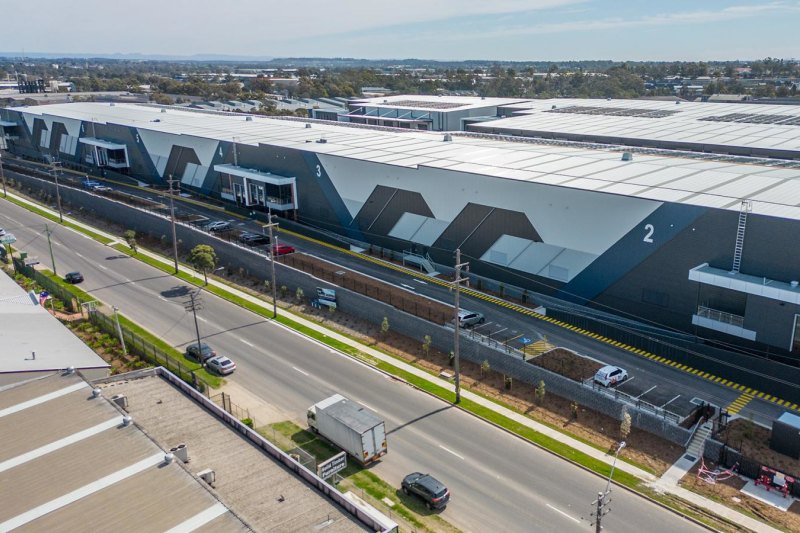Why the optimum window to refinance could be closing (and what to do about it)
The level of mortgage refinancing is at record highs, up nationally by 25.4 per cent over last year on new PEXA figures, but it could be a tactic that’s now becoming trickier and more expensive.
As a result, experts are warning the window to refinance could be closing, and people struggling to pay back their loans at a time when interest rates and the cost of living are both still rising should seek help sooner rather than later.
“It is becoming more difficult, with a lot of banks’ cash-back offers now ending,” said Domain Home Loans chief executive Kareene Koh. “The window is absolutely closing on that.
“The other problem is that the serviceability buffer is becoming increasingly an issue for a lot of people. When they originally got a loan, it went up 3 per cent, but now, if you’re looking at an interest rate of, say, 5 per cent, then that’s 8 per cent people have to demonstrate that they can pay. And that’s a lot for the average person, although some of the banks are now applying different serviceability buffers in different circumstances.”
Mortgage holders considering refinancing are being urged to shop around for the best offers and to take all the conditions into careful consideration. For instance, Australia’s biggest bank, the Commonwealth Bank of Australia (CBA), has followed the lead of Westpac by slashing the stress test for refinancers.

While the financial safety regulator, the Australian Prudential Regulation Authority (APRA), still requires banks to ensure borrowers could afford repayments if rates rose 3 percentage points above the application rate, there is some room to vary that on a case-by-case basis.
CBA’s new Refinance Alternate Assessment includes a buffer of just one percentage point, provided it’s above the bank’s current floor rate of 5.4 per cent and the customer has a loan-to-value ratio (LVR) of at least 80 per cent. The catch is that borrowers have to extend their loan back out to 30 years – which can prove expensive.
RateCity.com.au research shows a refinancer with a $500,000 loan taken out three years ago would end up paying an extra $32,117 in interest over the lifetime of their loan.
Research director Sally Tindall of RateCity said, “Forcing refinancers to extend their current loan term has the potential to cost tens of thousands of dollars over the life of their loan, something that should be considered as one of the last resorts, rather than a first port of call.”
CBA declined to comment.
Meanwhile, digital property settlement company PEXA has found the number of refinancers continues to increase exponentially. Able to track just those who have refinanced through changing lenders – omitting those who’ve refinanced with their original lender – it reveals that, nationally, month on month, the number of refinances has grown 27.5 per cent from just April to May 2023.
In NSW, that figure is 28.4 per cent, in Victoria 26.6 per cent, in Queensland 26.4 per cent, in Western Australia 32 per cent and in South Australia 24.4 per cent.
PEXA head of research Mike Gill said, “It’s reached a record high this week from when we started collecting the figures in 2018, before COVID. We see no evidence that this won’t continue at current levels.”
PRD chief economist Dr Diaswati Mardiasmo says banks are certainly now running fewer adverts for people to refinance but they’re tending to change their language. Instead of saying, “Come and refinance with us”, they’re now saying “Come and talk to us!”, she advises.
“They’re acknowledging that some people are getting to the point where it’s no longer about refinancing; they need a complete restructure of their loans,” Mardiasmo said. “It’s about looking at their entire finances in terms of their capability to service a loan, and offering them different types of loan and payment structures.
“So many people are now missing payments, they need a new set-up with a bank perhaps offering them a lower rate for six months to enable them to catch up, and financial hardship assistance. The message in this is to not panic but, as soon as you feel some discomfort about repayments of a loan, talk to your lenders.”
Koh agrees. Refinancing may be more difficult for a number of reasons, such as customers having a low LVR, facing the fixed-rate mortgage cliff to variable, not having much savings behind them or facing a cut in income from changed personal, or work, circumstances, but it’s critical to seek help early.
“A bank might consider moving from a loan paying principal and interest, to one that’s interest-only, or could look at options with an offset account or changing the conditions of a loan,” she said.
“Ultimately, it isn’t in anyone’s interests for someone to move into distress. If you are fundamentally a good customer, they are going to help you with different options that can work for both parties to get you over the hump.”
We thought you might like
States
Capital Cities
Capital Cities - Rentals
Popular Areas
Allhomes
More










